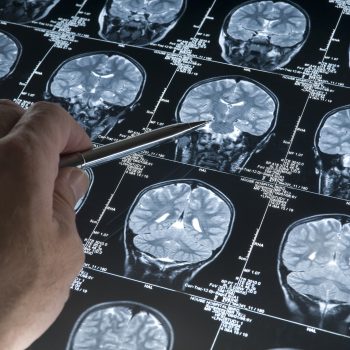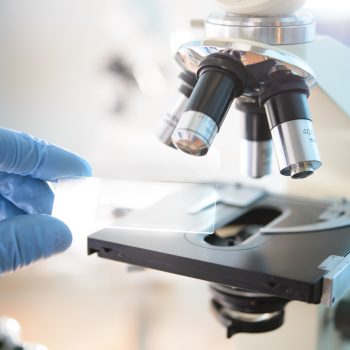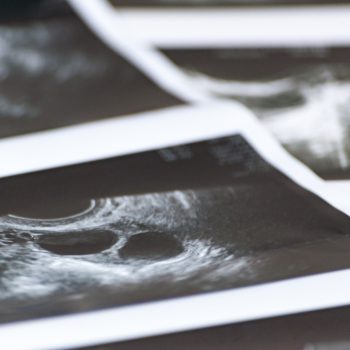The group of Dutch researchers led by Nicolas Rivron, principal investigator at the Merln Institute for Technology-Inspired Regenerative(1) Medicines of the Institute for Regenerative Medicine of the University of Maastricht (Netherlands) created the first synthetic embryo in history. Blastoid, which is generated from animal stem cells alone in a laboratory, will now allow the study of the first stages of the development of a living being. We talk about the discovery, which won the publication in the journal Nature, with Professor Paolo Emanuele Levi-Setti, Director of Department of Gynecology and Reproductive Medicine in Humanitas.
What is a blastocyst?
Blastocyst (the embryo at the development stage before implantation into the uterine mucosa) contains all the tissues that will make up the embryo and the extra embryonic components such as the placenta. It consists of a spherical formation with a thin wall, called a trophoectoderm, which surrounds a cavity (blastocele) containing a liquid that protects the cells of the embryo (Inner Cell Mass). From mouse blastocyst it is possible to generate stem cell lines in vitro, similar to those of trophoectoderms and embryos. The authors of the study report that these two stem cell lines collaborate in the formation of structures that morphologically and as transcription resemble an embryo at the blastocyst stage, which is called blastoid. Like blastocyst, blastoid develops by signals induced by the inner cells of the embryo with the formation of the outer part (trophoectoderm). The nature and function of these signals is largely unexplored. Even if blastoids do not support the formation of a true embryo, the authors show that the embryo induces transformations of the trophoectoderm and prepares the implant, demonstrating an active role of the embryonic cells in this delicate and partly obscure moment of the beginning of the pregnancy. This study makes a great scientific contribution to new knowledge about the early stages of pregnancy, but even if it were replicable on human cells, it does not and will not lead to the development of embryos for procreation.
Neither ova nor spermatozoa
Neither ova nor spermatozoa: The first synthetic animal embryo is the result of a laboratory experiment and opens up a science fiction scenario that, in a future still undefined but increasingly close, could lead to the generation of the first human being born without male and female reproductive cells.
Meanwhile, experts will focus on studying the early stages of development of a living being, shedding light on the key processes behind placental formation and embryo implantation in the uterus that, in many cases, are responsible for the failure of pregnancies.
How does blastoid develop?
To obtain the artificial embryo, Dutch researchers have grown two families of stem cells taken from a mouse blastocyst (the embryo in the early stages of development): the trophoblast cells, which give rise to the placenta, and those from which the entire body is formed.
Observing the modalities of interaction between these two cell types closed in tubes, the scholars have noticed the formation of a structure that had all the characteristics to be implanted in the uterus of an animal.
The plant was successful
The blastoids were then transferred to the uterus of a female mouse in a pseudo-pregnancy state so as to allow the implantation of these on the walls of the uterus. The synthetic embryo reacted like an embryo born from the meeting of ovum and sperm and the researchers were able to study the early stages of implantation.
- Rivron NC, Frias-Aldeguer J, Vrij EJ, Boisset JC, Korving J, Vivié J et al. Blastocyst-like structures generated solely from stem cells. Nature 2018;557:106-11.









